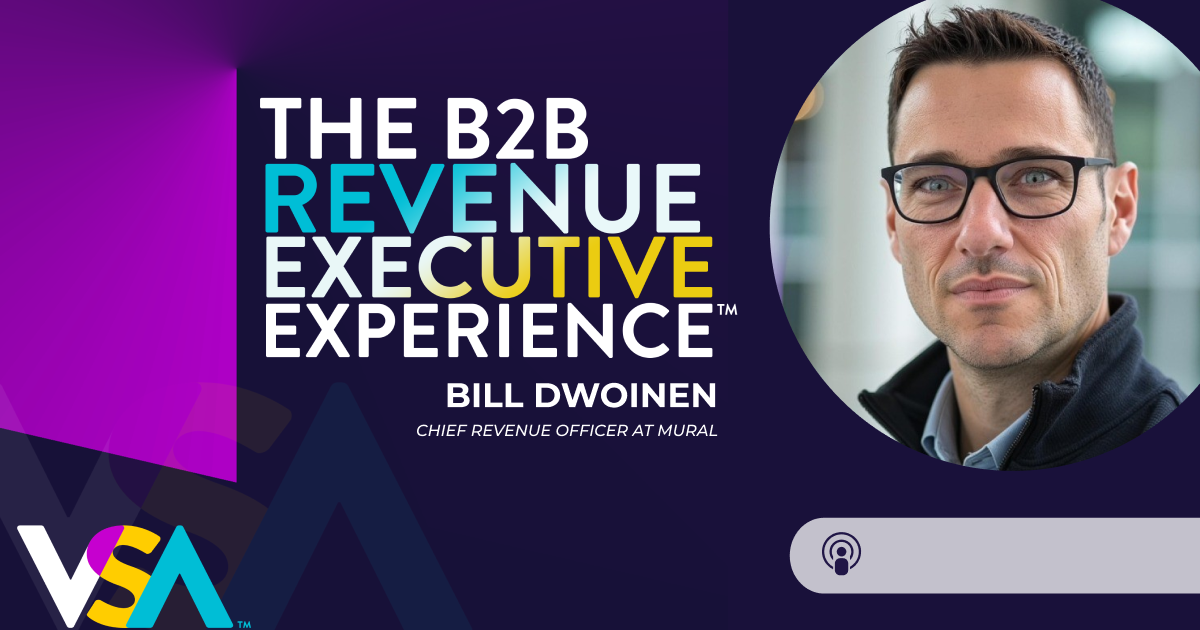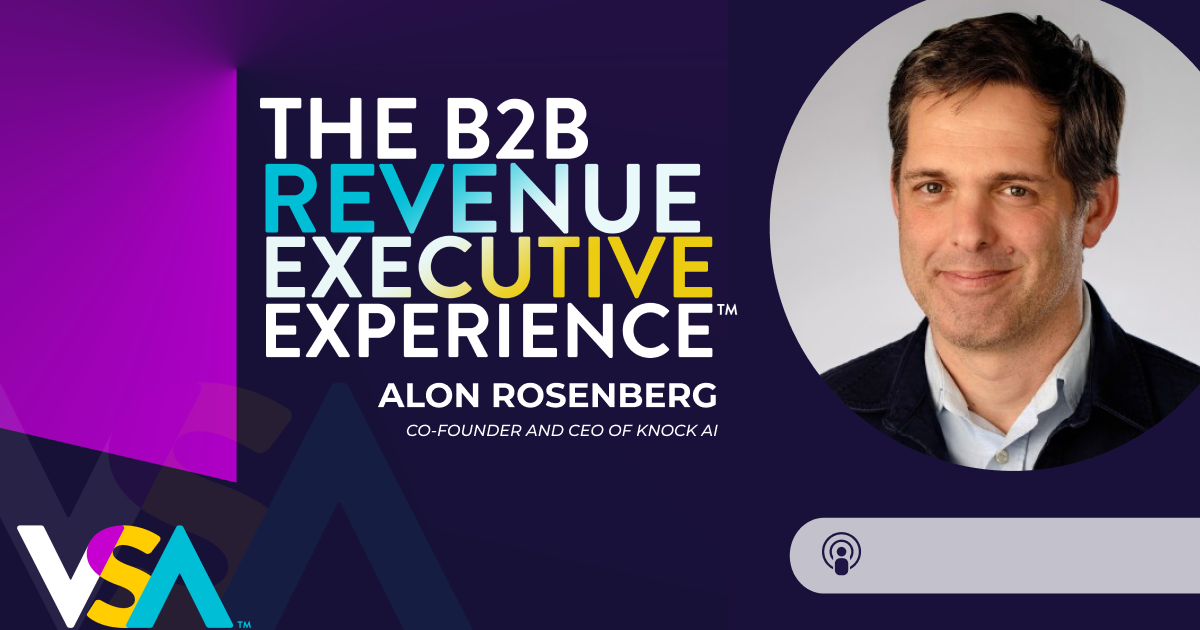How Behavioral Change Influences Selling and Marketing

– Subscribe to the Podcast or Write a Review: –
iTunes – Google Podcasts – Stitcher – TuneIn
“When we help companies with research and insights, revenue, operations, engagements, or even marketing technology, we’re always going to put it in the context of this behavioral science.”
SEAN DOYLE at Fitzmartin
Buying is behavior change.
Customers stop buying from your competitor, and they start buying from you. What prompts people to change their behaviors?
No one person’s opinion can answer that question. It requires a scientific framework. Fortunately, three researchers — Prochaska, Norcross and DiClemente — have created one. They called it “the transtheoretical theorem of behavioral change.”
It’s rooted in science. It’s proven. It’s repeatable. And it works in sales and marketing.
How people change their behavior
People don’t change my magic. Their transition from one behavior pattern to another follows a predictable course. Deciding to change involves moving through a series of decision points that behavioral scientists can map out. It looks something like this:
- Unknown to contemplation — You have to capture the prospect’s attention and then educate them about the issue.
- Contemplation to preparation — The first step here is emotional arousal. You have to get people excited about your product. The second step is rational evaluation. Talk about data, ROI, and product reviews.
- Preparation to action — At this point, your prospect becomes interested in how they will buy from you. It’s essential to make the process as easy as possible for them.
- Action to exchange — Now, your prospect has arrived at the last stage of the thought process, but remember that their behavior still hasn’t changed. Seasoned sales professionals know how often a well-groomed prospect ghosts right at the end.
At each decision point in this framework, people need certain information in order to move forward.
“Somebody can sit in a state of contemplation for one or two years before taking action.”
SEAN DOYLE at Fitzmartin
If you’ve taken the time to understand these four conversion points, you can see the entire process from start to finish. Understanding makes everything simpler — sales, marketing, reporting, and the team structure and culture.
How to uncover anxiety in your prospects
Researchers at Cal Berkeley say that all humans experience three types of pain.
- Personal pain. Why didn’t I get that job? Why is my career not advancing? Why is my family so frustrated with the amount of money I’m making?
- Financial pain. I’ve got to hit this number. I’ve got to make production more efficient. I’ve got to lower capital X or the CFO is gonna beat on me again.
- Strategic pain. My boss has challenged me strategically to solve some problems.
As sales and marketing professionals, we don’t create anxiety around those pains, but we do undercover the anxiety that already exists on the buyer’s part.
Some old-school sales teaching suggests that we have to manipulate buyers into doing business with us. In truth, if you just ask questions, you’ll uncover one of those pains.
With that in mind, audit your own marketing materials. Are you providing answers? Are you helping people get emotionally excited or rationally excited? Are you showing case studies of social liberation? That’s a different case study than what we see on most websites.
When people are still talking about what causes them anxiety, they’re focusing on their current state. That’s not the time to ask them to buy. But when the prospect stops looking at the problem and starts to talk about the solution, they become more interested in the future. And then, it’s time to talk about a buying decision.
How to save money while focusing on customer outcomes
As you’re looking at money, set a customer acquisition goal for both the sales and the marketing departments. Not separate goals. One goal. Get marketing and sales sitting beside each other, asking each other, “How do we lower our customer acquisition cost?”
Then, look at marketing customer acquisition costs separately from sales customer acquisition costs. Even pre-COVID, we’ve been doing that. Trade shows over the last decade, for example, have been challenged to prove their value.
“Marketers, your job should be less around helping people to begin to contemplate and more around helping sales be successful.”
SEAN DOYLE at Fitzmartin
If you pull out the strategies that aren’t working, it lowers your sales cost a lot. Thanks to the work-from-home models many companies adopted this year, we are learning that we can all close more deals remotely than we ever dreamed possible. And we all should explore that. Imagine what you could save if you eliminated travel.
Ultimately, if you want to change behavior and increase sales, you need a single point of view that everyone rallies around. If it’s not cognitive marketing, maybe it’s something else. But a clear and defined framework will help you lead prospective customers through a logical process.
This post includes highlights of our podcast interview with Sean Doyle, CEO of Fitzmartin.
Subscribe to hear this episode and many more like it. For the entire interview, you can listen to The B2B Revenue Executive Experience. If you don’t use Apple Podcasts, we suggest this link.
Explore More









